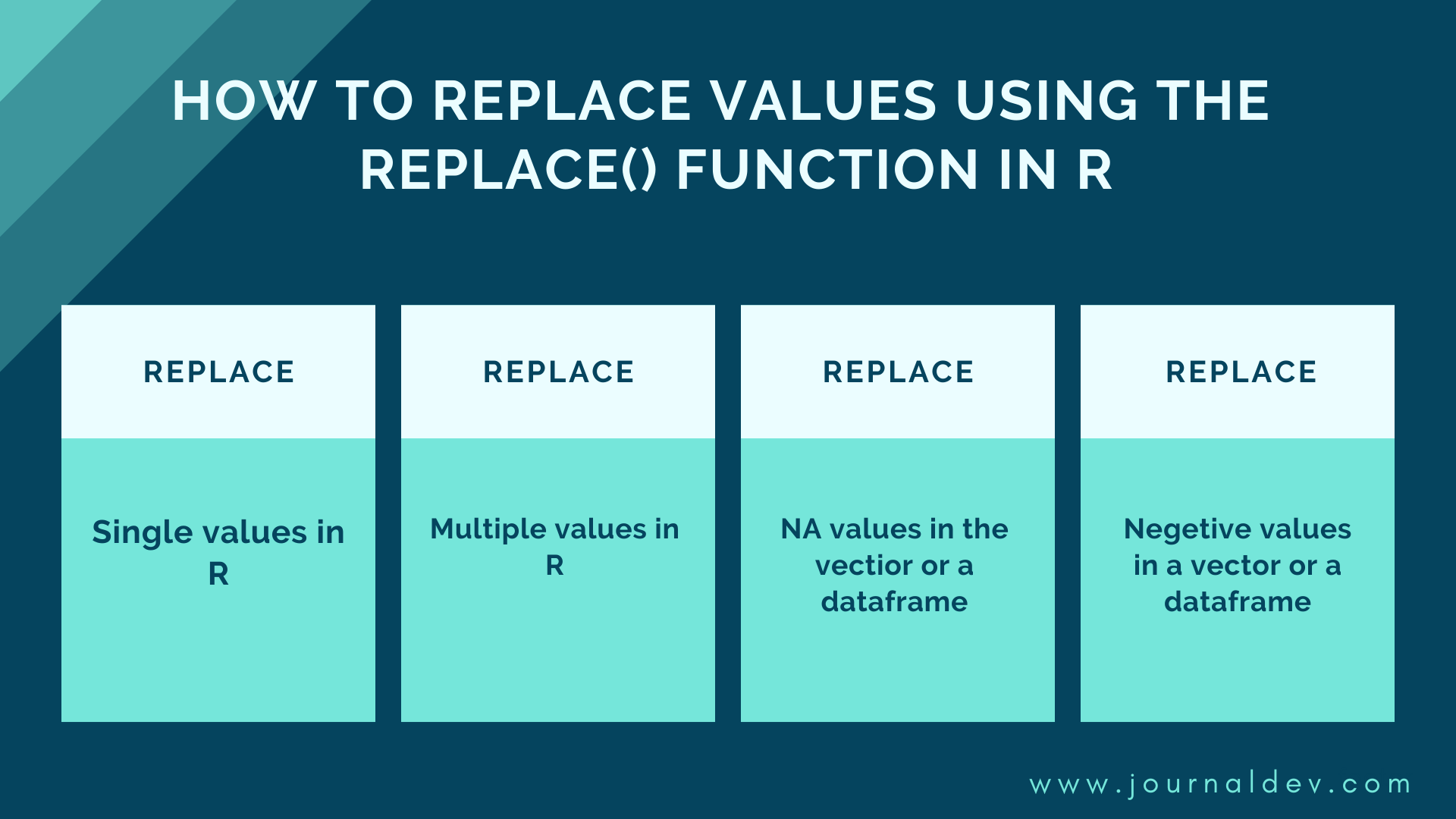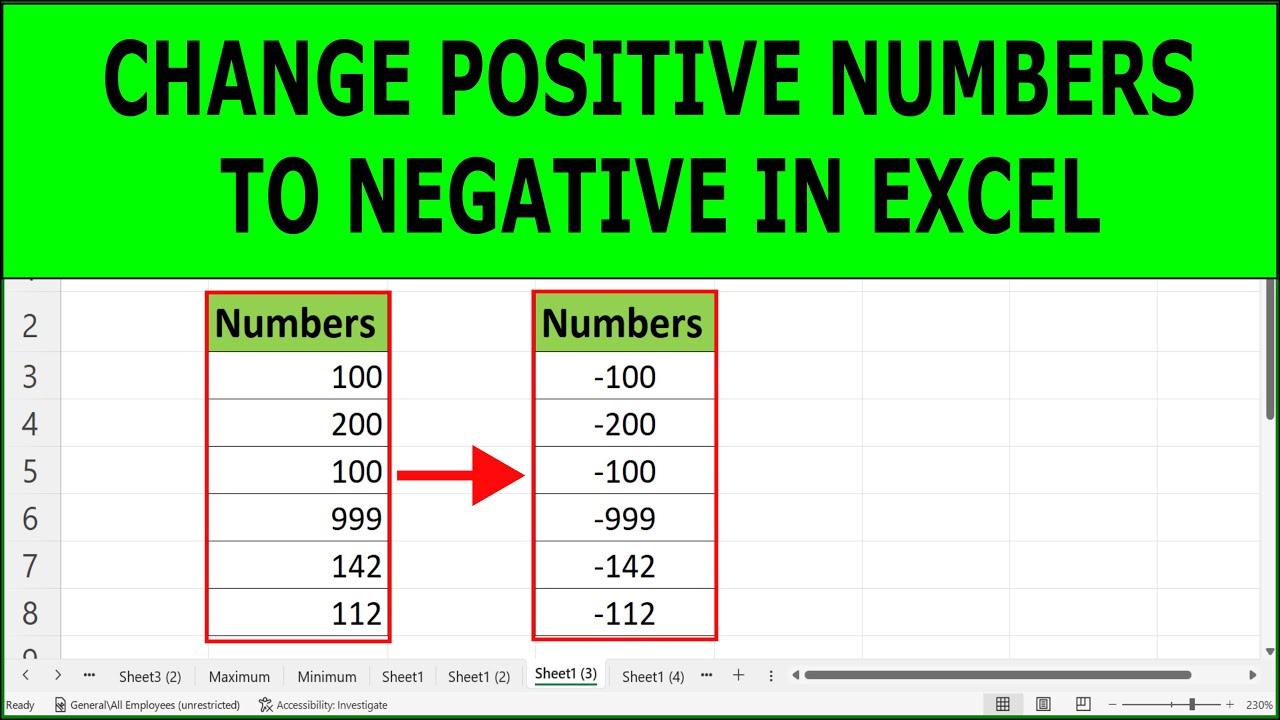Unleash Your Creativity: 4 Ways to Transform Values.

In the ever-evolving landscape of personal development and self-improvement, the concept of values holds immense power. Our values shape our decisions, guide our actions, and ultimately define who we are. However, it is not uncommon to find ourselves in situations where we feel stuck, limited by the very values we hold dear. The good news is that values, much like any other aspect of our lives, can be transformed, reimagined, and reinvented to unleash a whole new level of creativity and personal growth. In this comprehensive guide, we will explore four transformative strategies to help you unlock your creative potential and embark on a journey of self-discovery.
1. Reframing: Redefining Values with a Fresh Perspective

The first step towards transforming your values is to reframe them. Reframing involves looking at your values from a different angle, challenging their assumptions, and questioning their limitations. By doing so, you open up a world of possibilities and gain a fresh perspective on what truly matters to you.
For instance, let’s say one of your core values is excellence. Traditionally, excellence might be associated with perfectionism, an unwavering pursuit of the highest standards, and an intense focus on results. However, by reframing this value, you can uncover a deeper meaning. Excellence can also be about the journey, the process, and the growth that occurs along the way. It can be about embracing mistakes as learning opportunities and celebrating the small wins that lead to significant achievements.
Here’s how you can reframe and redefine your values:
- Challenge Assumptions: Question the assumptions and beliefs associated with your values. Are they truly yours, or have they been influenced by societal norms or expectations? By challenging these assumptions, you can uncover your authentic self and align your values accordingly.
- Explore Different Perspectives: Engage in conversations with people from diverse backgrounds and walks of life. Their unique perspectives can offer fresh insights into your values, helping you broaden your understanding and discover new dimensions.
- Consider the Context: Values can manifest differently in various contexts. For example, the value of adventure might mean taking risks in business for one person, while for another, it could involve exploring new cultures and travel destinations. Understanding the context can help you adapt and apply your values in a more meaningful way.
Practical Exercise: Reframing Your Values
Take a moment to reflect on one of your core values. Now, ask yourself:
- What assumptions or beliefs are associated with this value?
- How can I challenge these assumptions and explore alternative perspectives?
- In what ways can I redefine this value to make it more aligned with my authentic self and goals?
2. Adaptability: Embracing Change and Flexibility

In a rapidly changing world, adaptability is a key skill to possess. When it comes to transforming your values, embracing change and cultivating flexibility becomes crucial. By allowing your values to evolve and adapt to new circumstances, you ensure they remain relevant and meaningful throughout your life journey.
Consider the value of stability. Traditionally, stability might be associated with a stable career, a secure financial situation, and a predictable routine. However, in today’s dynamic world, stability can also mean embracing change, being open to new opportunities, and adapting to evolving circumstances. It can be about finding balance and resilience in the face of uncertainty.
Here’s how you can cultivate adaptability and flexibility in your values:
- Embrace Uncertainty: Recognize that change is an inherent part of life. Instead of resisting it, embrace uncertainty and view it as an opportunity for growth and exploration. By doing so, you train yourself to be more adaptable and open to new possibilities.
- Practice Resilience: Build your resilience by facing challenges head-on and learning from setbacks. Resilience allows you to bounce back from adversity and adapt your values and approaches as needed. It’s about finding strength in the face of change.
- Stay Open-Minded: Maintain an open mind and be willing to explore different perspectives and ideas. By staying open-minded, you can incorporate new insights into your value system, ensuring it remains dynamic and relevant.
Real-World Example: Adaptability in Action
Imagine a professional musician whose core value is creativity. In the past, this value might have been expressed through composing and performing original music. However, with the rise of digital technology and streaming platforms, the musician adapts their value of creativity by embracing new ways of sharing their art. They create music videos, collaborate with online communities, and explore innovative performance formats, showcasing their adaptability and flexibility.
3. Synergistic Integration: Combining Values for Enhanced Impact
Transforming your values is not just about redefining and adapting; it’s also about creating synergies and integrating multiple values to amplify their impact. By combining and integrating your values, you can create a powerful force that drives your personal growth and achievement.
Let’s consider the values of innovation and compassion. Traditionally, innovation might be associated with technological advancements and disruptive ideas, while compassion is often linked to empathy and caring for others. By integrating these values, you can create a powerful synergy. For instance, an innovative entrepreneur might develop a groundbreaking technology with the primary goal of improving the lives of others, thus combining innovation with compassion.
Here’s how you can achieve synergistic integration of your values:
- Identify Complementary Values: Reflect on your core values and identify those that can work together synergistically. Look for values that align with your goals and complement each other’s strengths.
- Create a Value Matrix: Develop a matrix that visually represents the integration of your values. This matrix can help you visualize the relationships between your values and identify areas where they can enhance each other.
- Set Integrated Goals: When setting goals, consider how you can incorporate multiple values into your objectives. For example, if your values include health, community, and leadership, you might set a goal to organize a community fitness event, combining all three values in a single impactful initiative.
Value Integration Success Story
A social entrepreneur named Emma embodies the power of synergistic value integration. Emma’s core values include social impact, sustainability, and entrepreneurship. By combining these values, Emma launched a successful eco-friendly fashion brand that not only promotes sustainable practices but also empowers and provides employment opportunities to underserved communities. Her integrated values have led to a thriving business and a positive social impact.
4. Value Reordering: Prioritizing Values for Optimal Impact
Another powerful strategy for transforming your values is to reorder their priorities. By reassessing the importance and urgency of your values, you can ensure that your actions and decisions are aligned with what truly matters to you at any given moment.
For example, consider the values of family, career, and personal growth. In different stages of life, the priority of these values may shift. During a period of professional growth and advancement, your career value might take precedence. However, as you start a family or encounter personal challenges, the value of family or personal well-being might become more urgent and important.
Here’s how you can effectively reorder your values:
- Regularly Assess Your Priorities: Take time to reflect on your values and assess their relevance and urgency in your current life stage. Ask yourself: What matters most to me right now? How can I ensure my actions are aligned with my top priorities?
- Adapt to Life Changes: Life is full of transitions and milestones. As you navigate these changes, be willing to adapt and reorder your values accordingly. For instance, becoming a parent might prompt you to prioritize family values over other aspects of your life.
- Create a Value Hierarchy: Develop a hierarchy or ranking system for your values. This can help you make decisions and allocate your time and resources effectively, ensuring that your most important values receive the attention they deserve.
Value Reordering in Practice
John, a dedicated professional, finds himself in a situation where he must prioritize his values. With a demanding career, a growing family, and a passion for personal development, John realizes that his values of work, family, and self-improvement need to be reordered. He decides to focus more on his family, carving out dedicated quality time with his loved ones, while also allocating specific days for personal growth activities, ensuring a balanced approach.
Conclusion: Unleashing Your Creative Potential

Transforming your values is a powerful journey of self-discovery and personal growth. By reframing, adapting, integrating, and reordering your values, you unlock a world of creativity and possibility. These strategies empower you to embrace change, explore new perspectives, and align your actions with your authentic self. Remember, your values are not set in stone; they are dynamic guides that can evolve and transform as you grow and evolve.
So, embark on this transformative journey, and let your values become the catalysts for your creativity, success, and fulfillment. Embrace the power of transformation, and watch as your life takes on new meaning and direction.
How often should I reflect on and transform my values?
+Regular reflection is key. Aim for quarterly or biannual reviews to assess the alignment of your values with your life and goals. Major life transitions or significant events might also trigger a need for value transformation.
Can I transform multiple values at once, or should I focus on one at a time?
+It’s best to focus on one value at a time for deeper exploration and transformation. However, once you’ve mastered one value, you can build upon it by integrating it with other values.
How can I ensure my transformed values align with my long-term goals and vision?
+Regularly revisit your long-term goals and vision. Align your transformed values with these aspirations to ensure they work in harmony and propel you toward your desired future.
Are there any potential challenges or obstacles to be aware of when transforming values?
+Yes, resistance to change and the fear of letting go of familiar values can be obstacles. Embrace these challenges as opportunities for growth and be open to the transformative power of embracing new perspectives.



